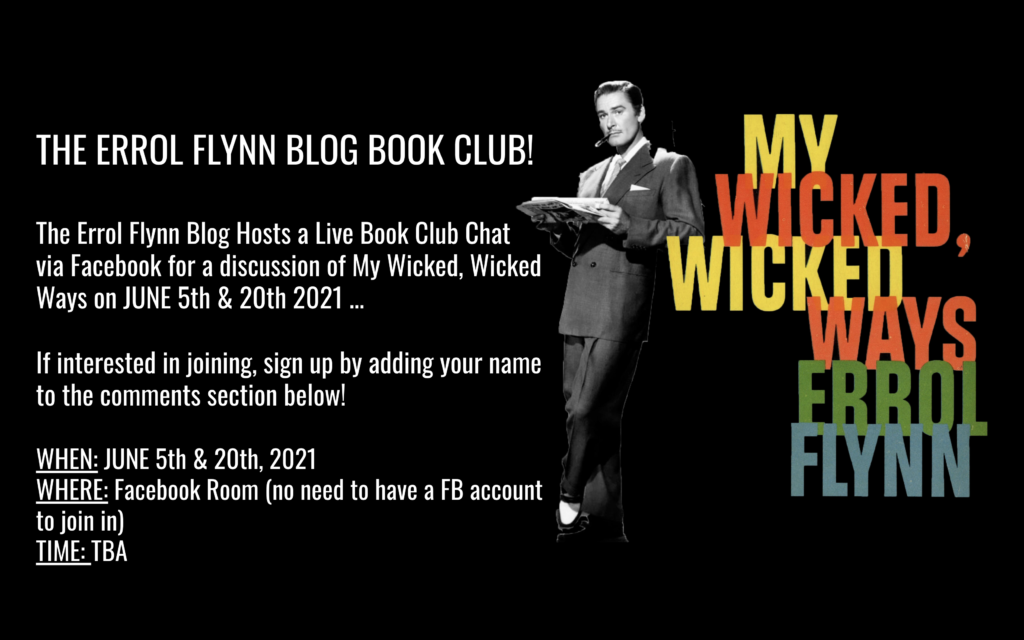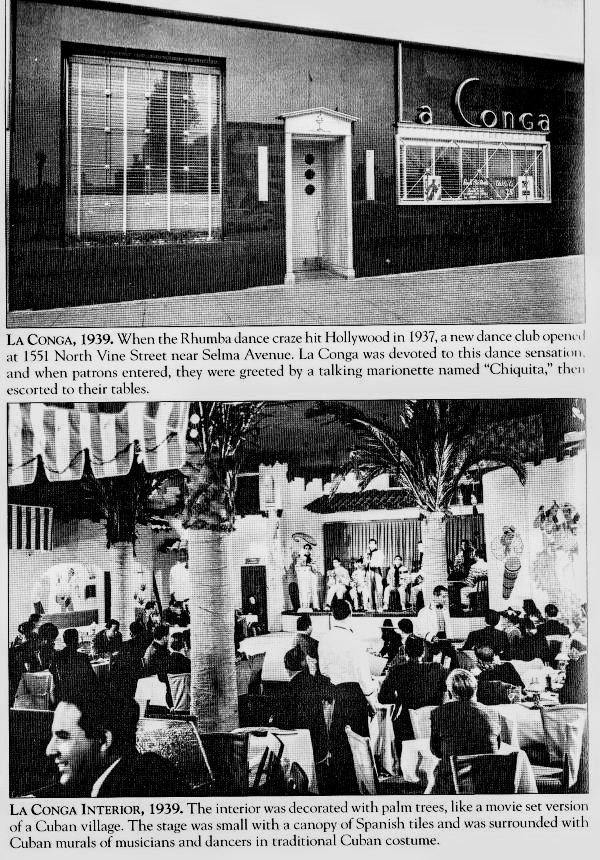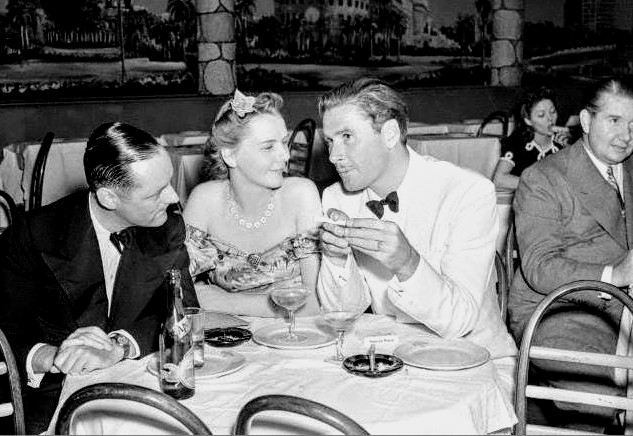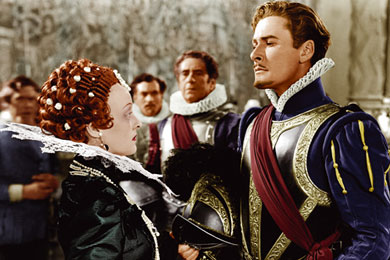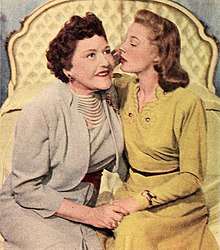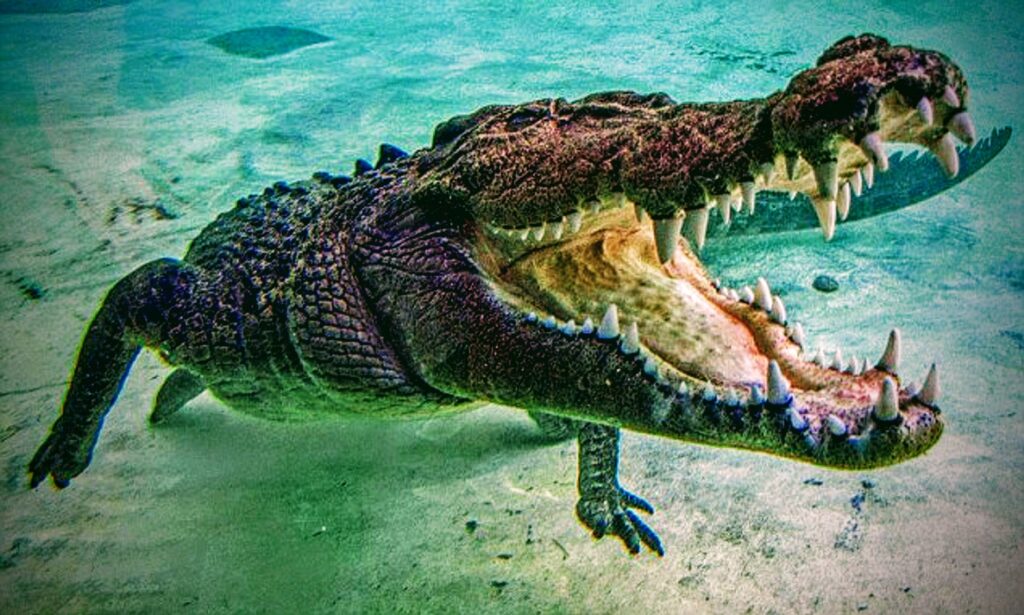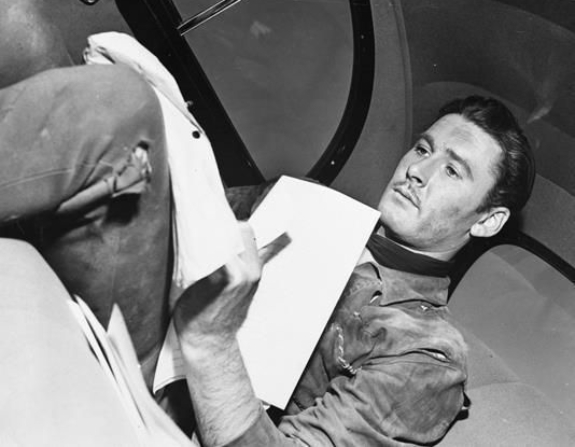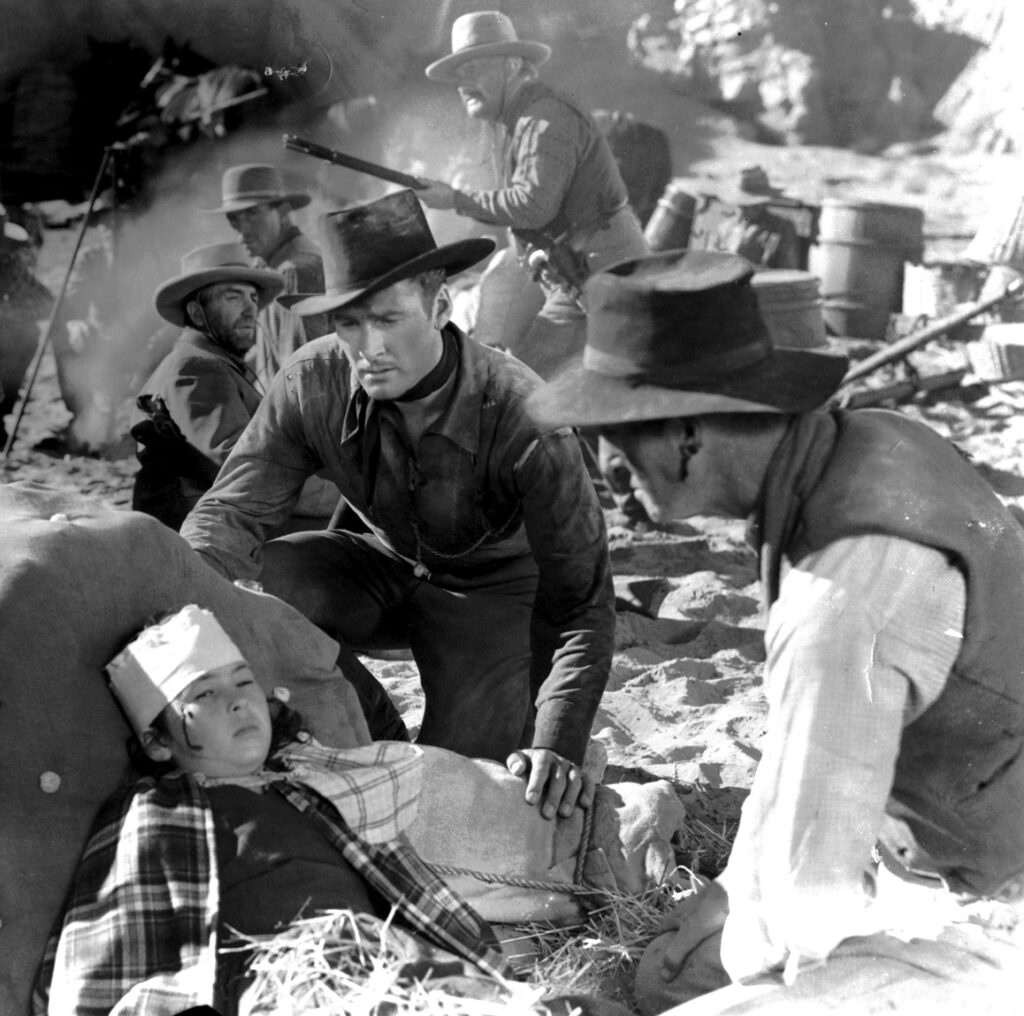Based on drinks and beverages Errol is known to have drank, believed to have drank, likely drank, rumored to have drank, and has had created and named in tribute to him, here is an A through Z list of possible libations for the June 20, 2021 Global Birthday Toast to Errol<a
Almost 21 days away
First Announcement of the 2021 Global Birthday Toast to Errol

Absinthe – in Europe and New Orleans
Bacardi – in Cuba and elsewhere
Bavarian Beer – in Germany
Bloody Mary – the drink he introduced at the Smokehouse in LA
Bourbon – during Desperate Journey (the movie, not the marriage to Lili)
Brandy and Soda – a favored drink in New Guinea during his days there
British Beers from his days in Britain and at the Cock'n Bull in LA
Bundaberg Beer – in Australia and New Guinea
Bundy (Bundaberg Rum) – in Australia and New Guinea
Captain's Blood – a daiquiri created in tribute to Errol
Cascade Brewery Beer – from Tasmania, per tassiedevil (Steve & Genene)
Champagne – throughout his celebrity years, and a la Olivia's annual birthday toast to Errol
Chianti – drank at various locations and occasions
Coca-Cola
Coffee – throughout adulthood
Courvoisier cognac – during years of celebrity
Cuba Libre – from his first visits to Cuba in the mid-Thirties
Cuba Story – a drink created for Errol by Dennis Mullen
Daiquiri – during his visits to Havana, a la El Floridita
Dry Martini – throughout years of celebrity
Errol Flynn's Pick-Me-Up – a drink named after him
Fine French Wines – brought with him to locations without, per Difford's Guide for Discriminating Drinkers
Gin, bathtub-style – a la Errol at the Roosevelt Hotel
Gin – in many drinks, with mixes from tonic to O.J., sometimes with a splash of Squirt
Guinness Stout – in Britain and Ireland and elsewhere
Hennessy Cognac – a likely Flynn cognac
Herradura – the tequila owned by his friend Bing Crosby
Italian Wines – during his days in Italy and filming of William Tell (with sardines), et al
Irish Beers – from his days in Ireland and Britain
Irish whiskeys
Jack Rose – at the 21 Club (and maybe the Mocombo)
Jamaican Reef – created for Errol Dennis Mullen
Johnnie Walker – per Difford's Guide for Discriminating Drinkers
Kentucky whiskey – straight, in a Mint Julep, or in a Kentucky Coffee
Louis XIII Cognac – a possible Flynn cognac
Maid Marian – created and bottled by Chesterfield Whisky
Mai Tai – see the "Q.B. Cooler" below
Mojito – a la Bodeguita del Medio
Moselle – a la 21 Club
Moscow Mule – a la the Cock 'n Bull in LA
Napolean Cognac – a likely Flynn cognac
Navy Grog – in tribute to Errol's In the Wake of the Bounty
Old Fashioned – a likely cocktail for Errol throughout adulthood
Pi Yi – a la Don the Beachcomber, LA
Q.B. Cooler – predecessor of the Mai Tai, created by tiki-drink pioneer, Donn Beach
Queen Elizabeth
Queen’s Pineapple Punch – a la Don the Beachcomber’s, LA
Remy Martin
Robin Hood cocktail
Rum and Coca-Cola – a la Caribbean, California and Courmayeur, et al
Sangria – a la Errol’s days in Spain
Sangro de Cristo
Sazerac – a la New Orleans
Scotch
Tasmanian Devil
Tea – throughout his life, sometimes with orange blossom honey
Tequilas – during his days in Mexico
The Errol Flynn – created by Errol, resurrected a la Petronella Wyatt
The Martini Special – a la Fabio Delgado Fuentes
The Tasmanian – a la Dennis Mullen
The Vancouver – a la Sylvia Hotel, Vancouver
U.S. Bar Beers – a la Boardner’s in LA and many other locations in. U.S.
Various Vodkas – straight, with tonic, with O.J., inter alia
Vicious Virgin – a la Don the Beachcomber
Veuve Clicquot
Vodka with Red Pepper – a la The Hotel Savoy’s American Bar in London
Water – both sparkling and natural
Whiskey Sour – a likely for Errol throughout adulthood
XXXX Gold beer- from Queensland and Tasmania
York Gin – Old Tom and Outlaw
Zombie – a la Don the Beachcomber
Zubrowka Polish Vodka
— Tim
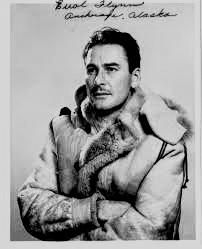
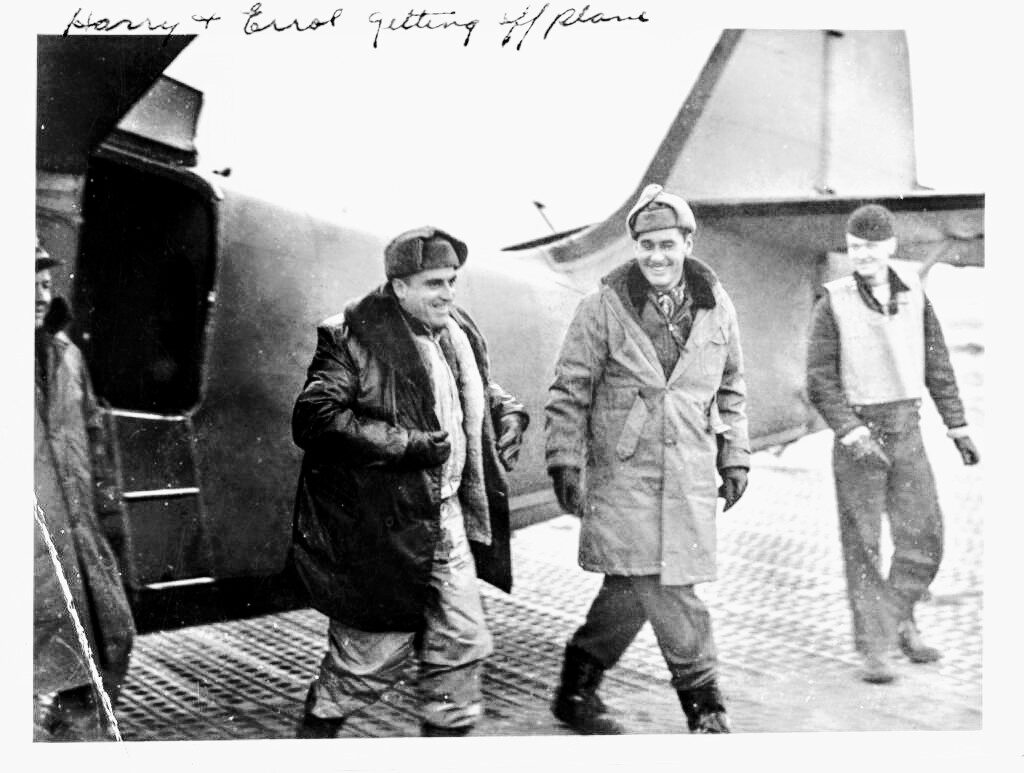
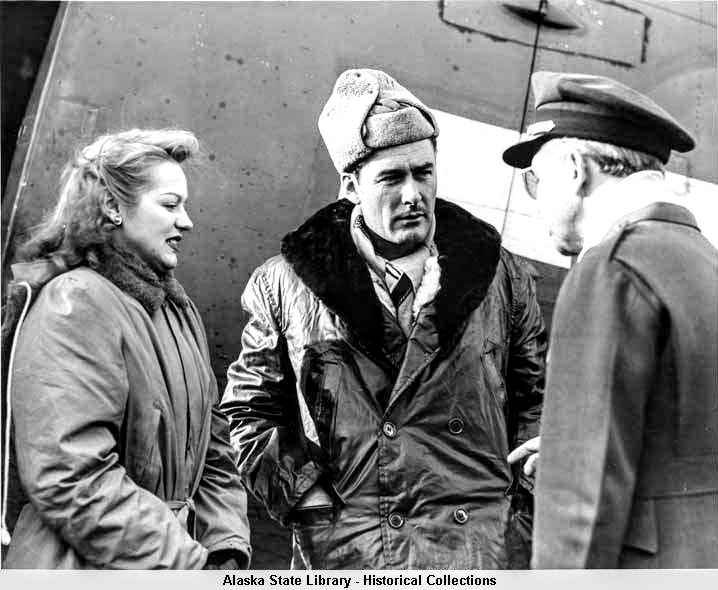
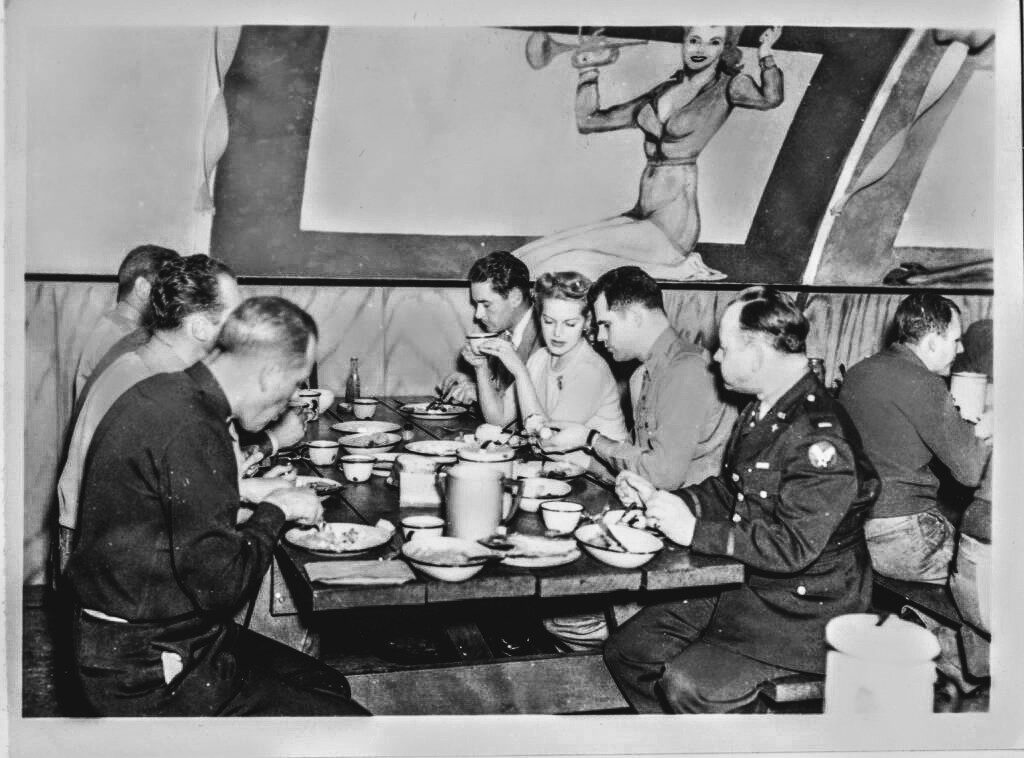
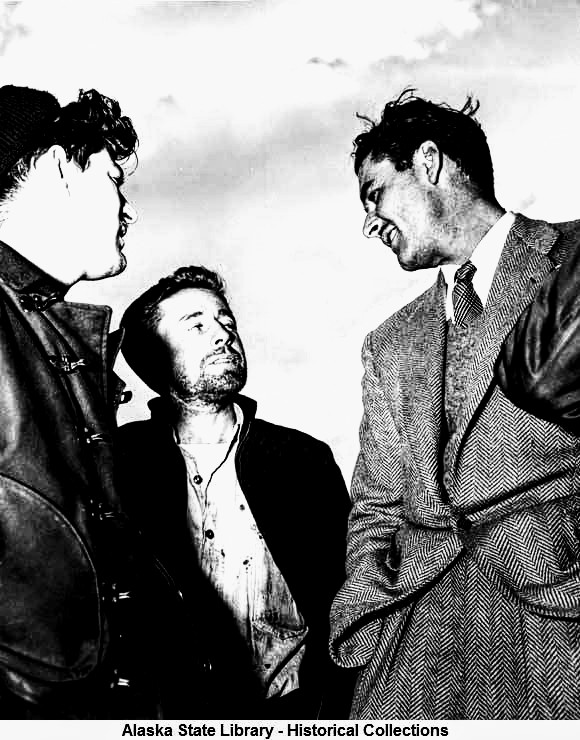
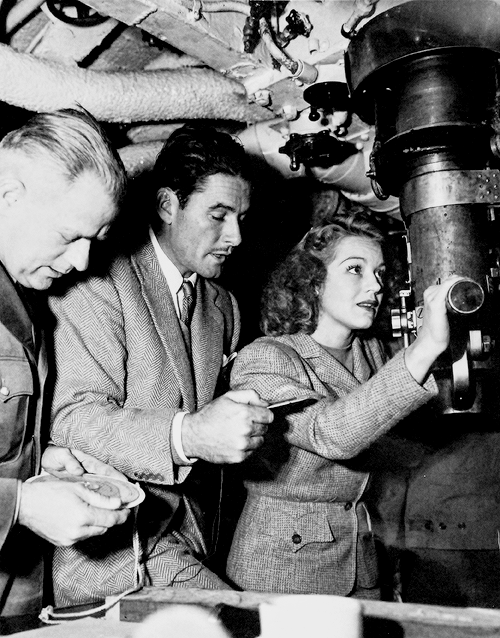
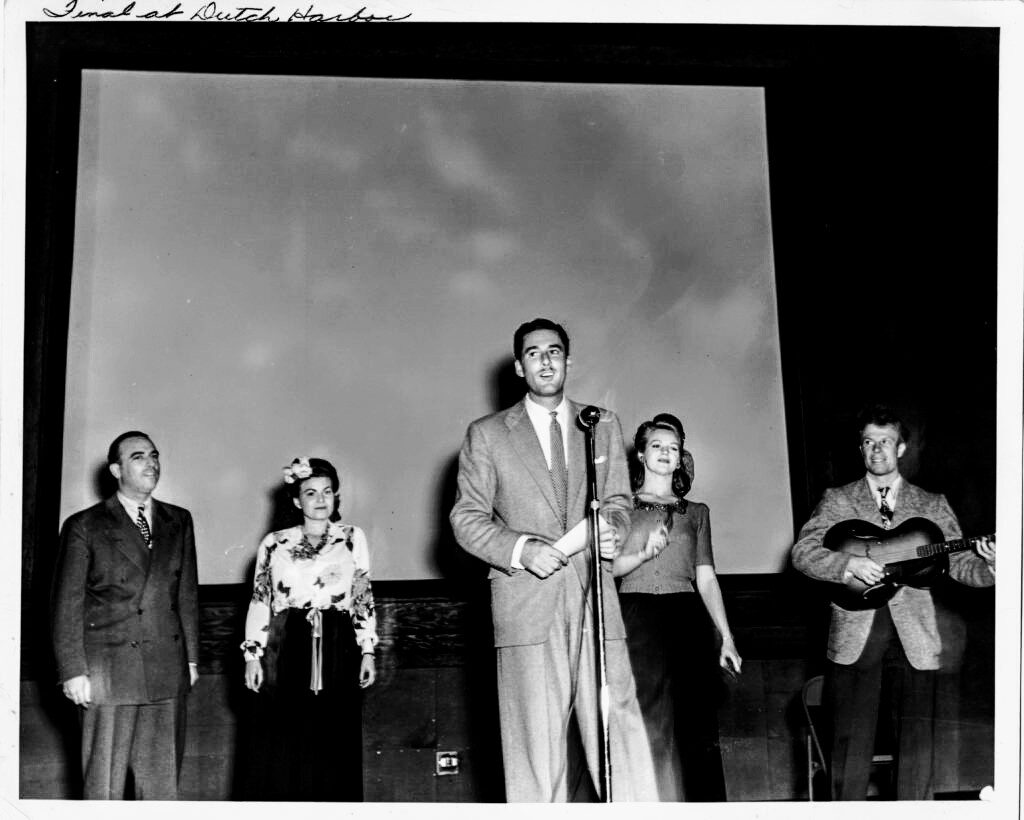
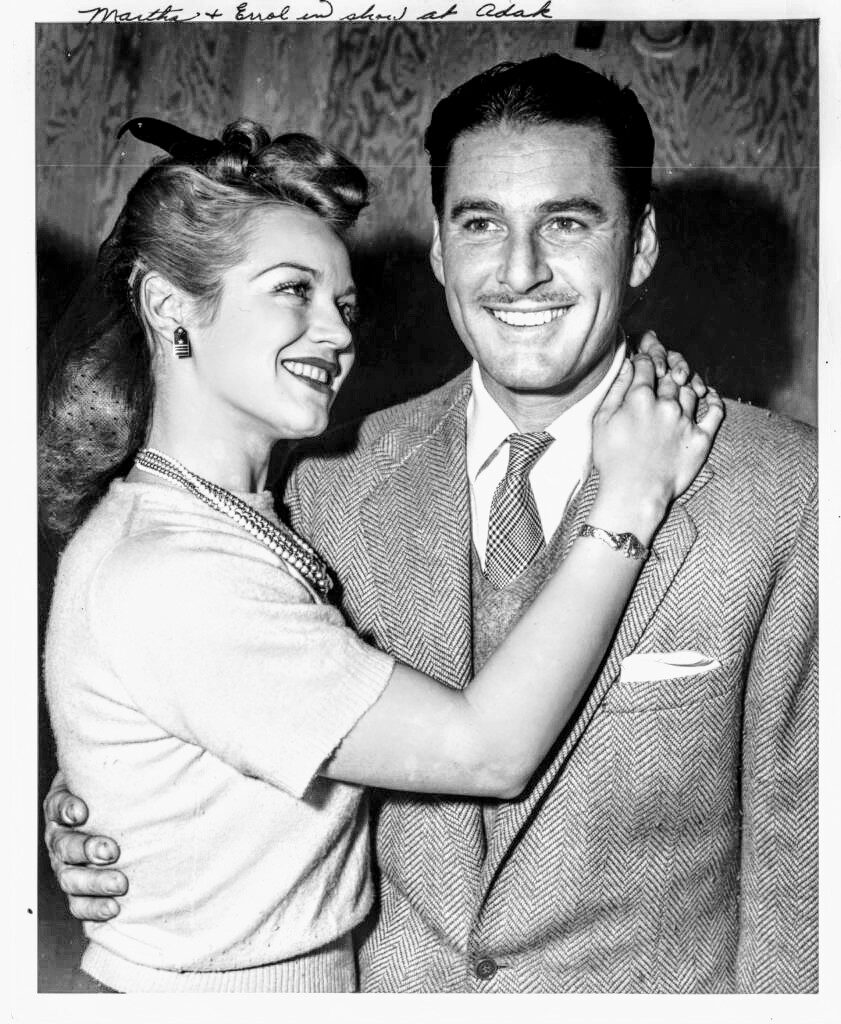
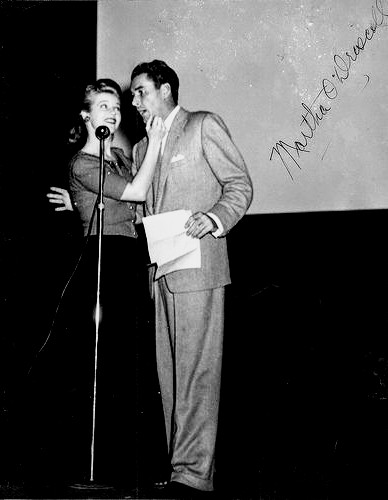
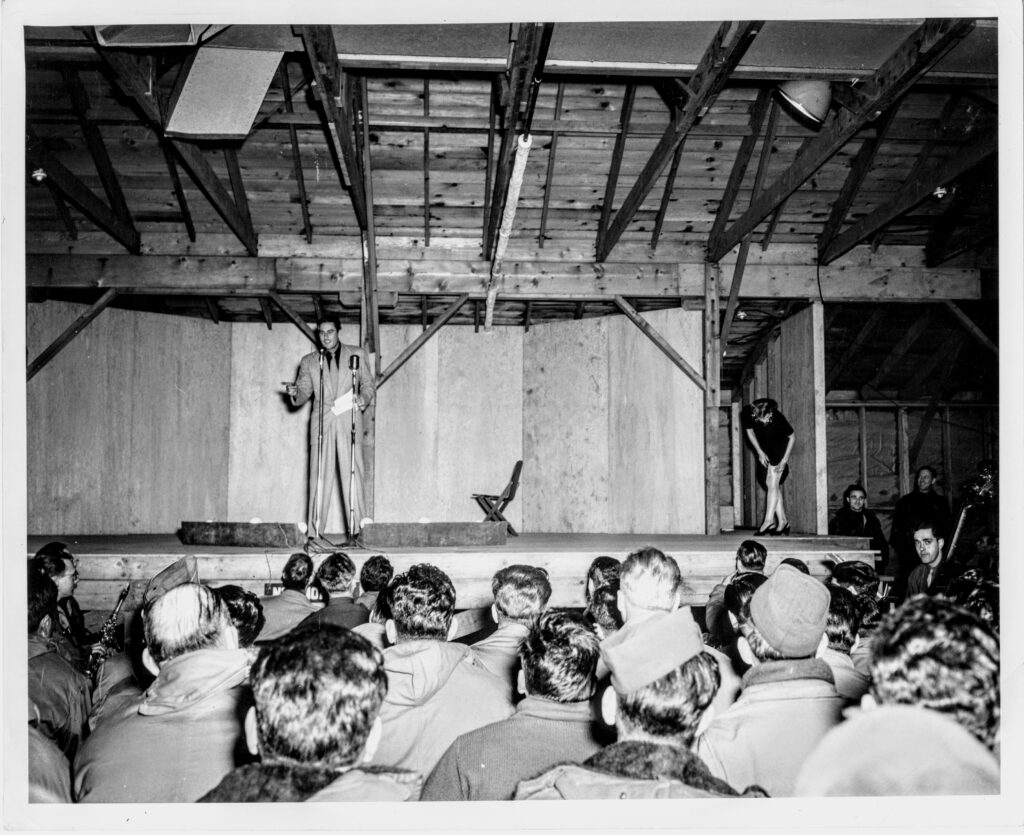
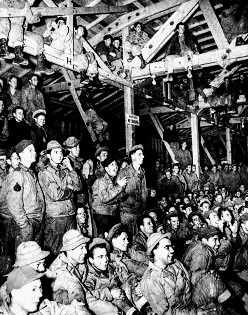
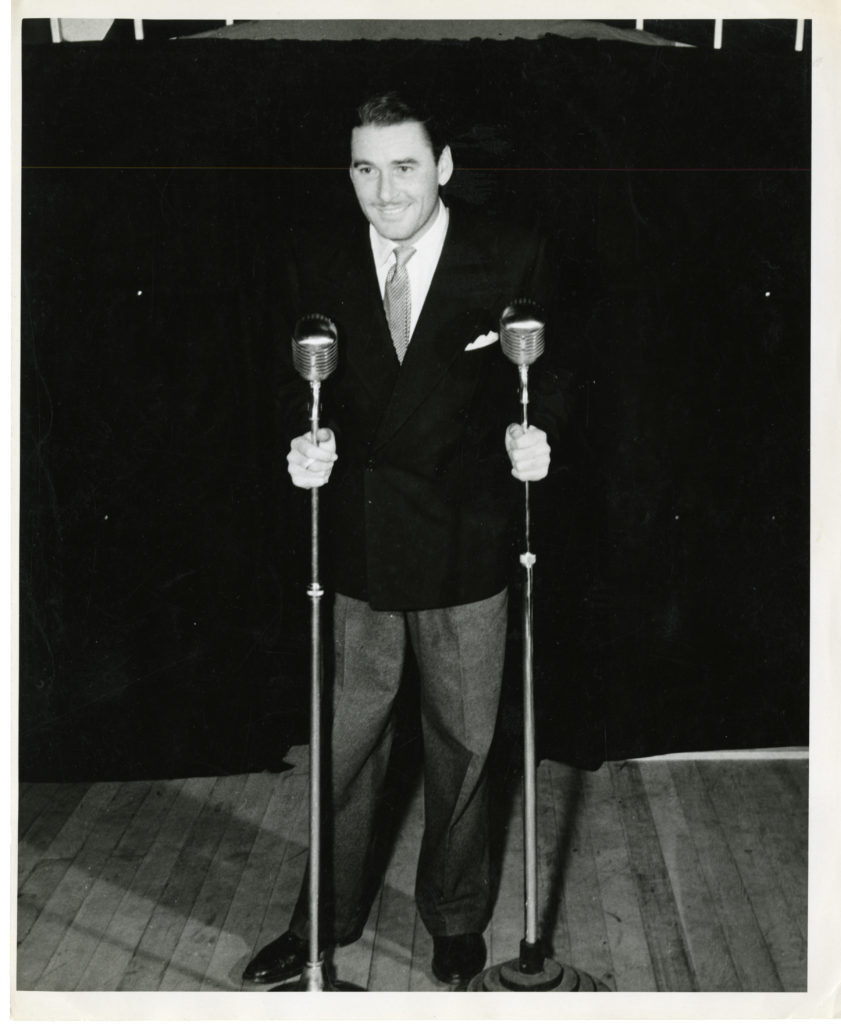
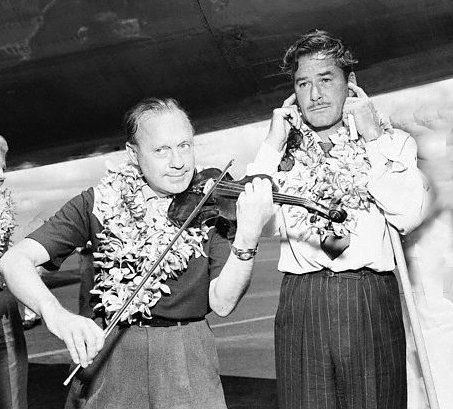



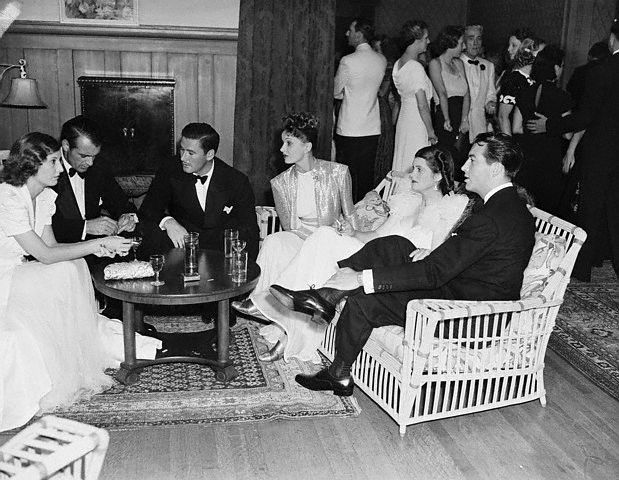 ñ
ñ